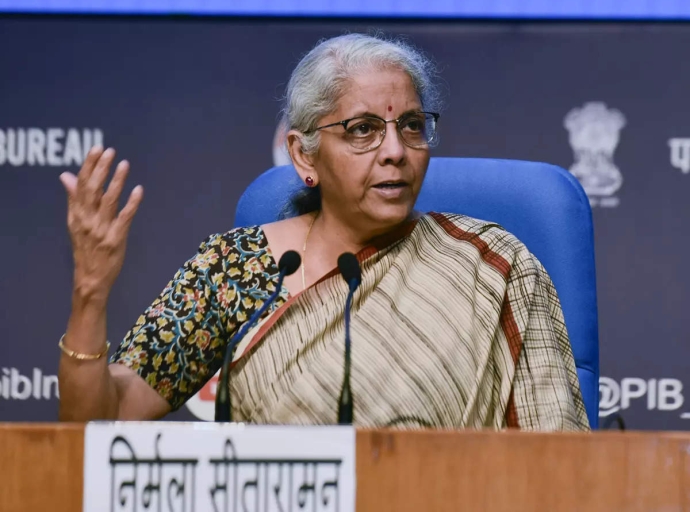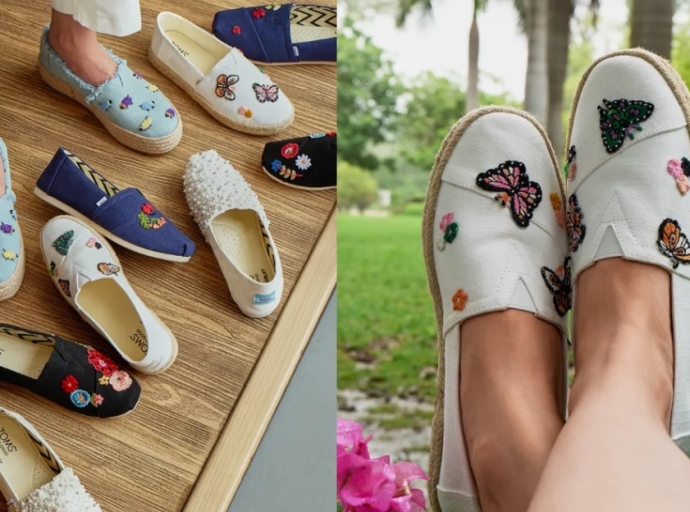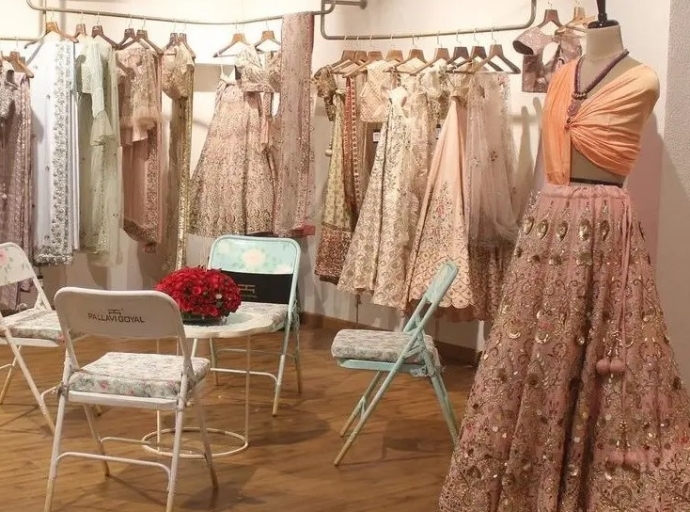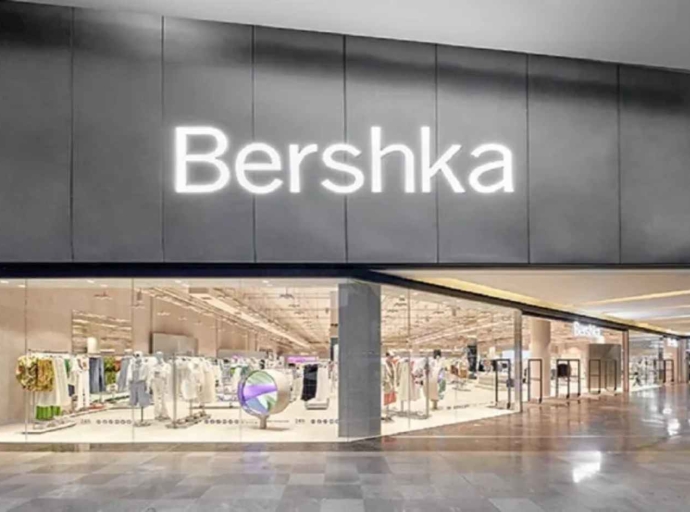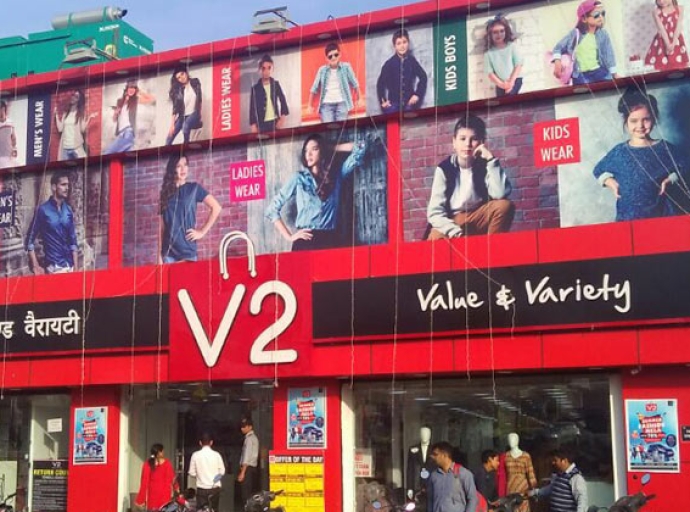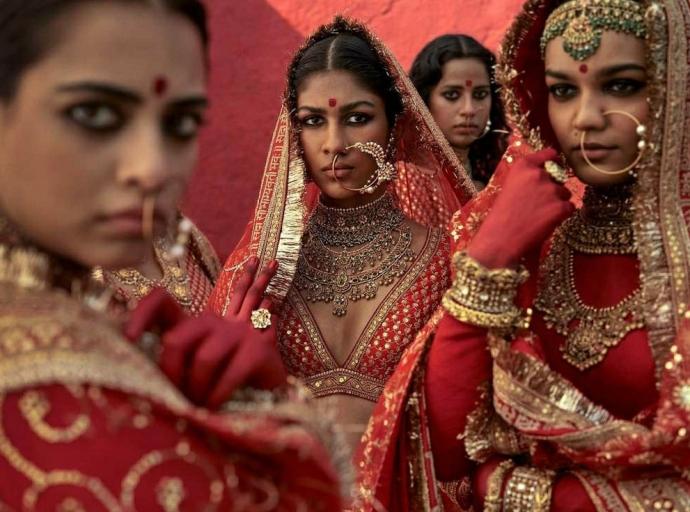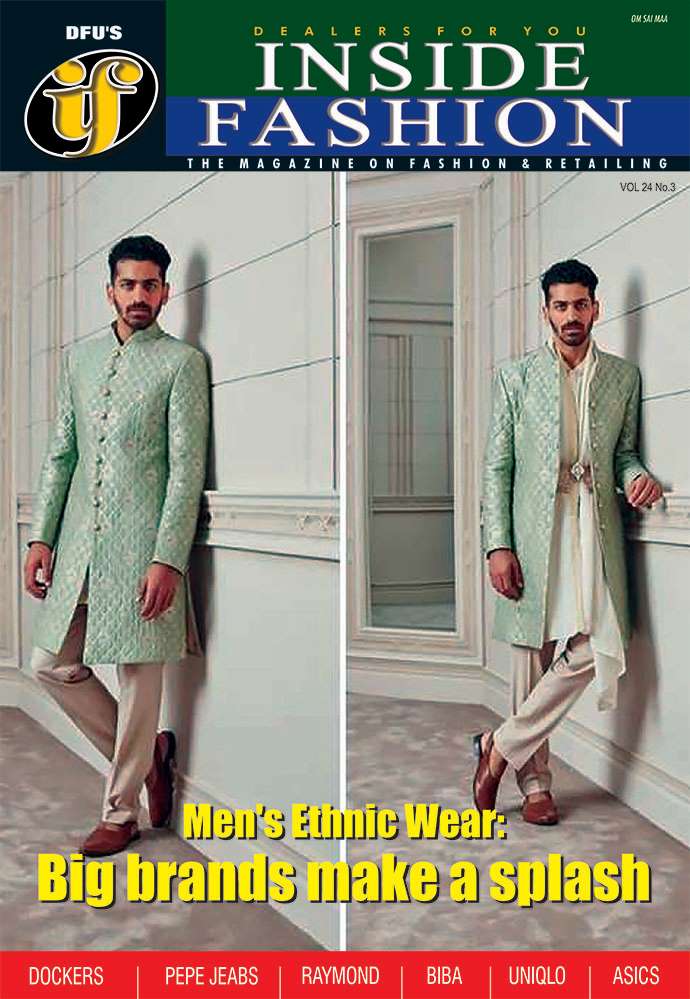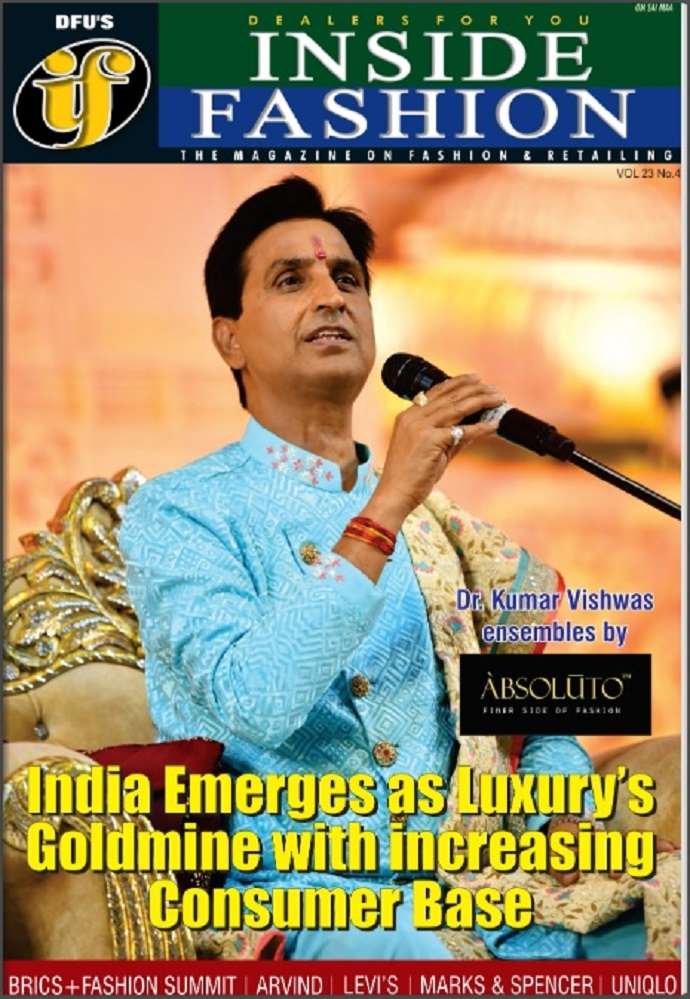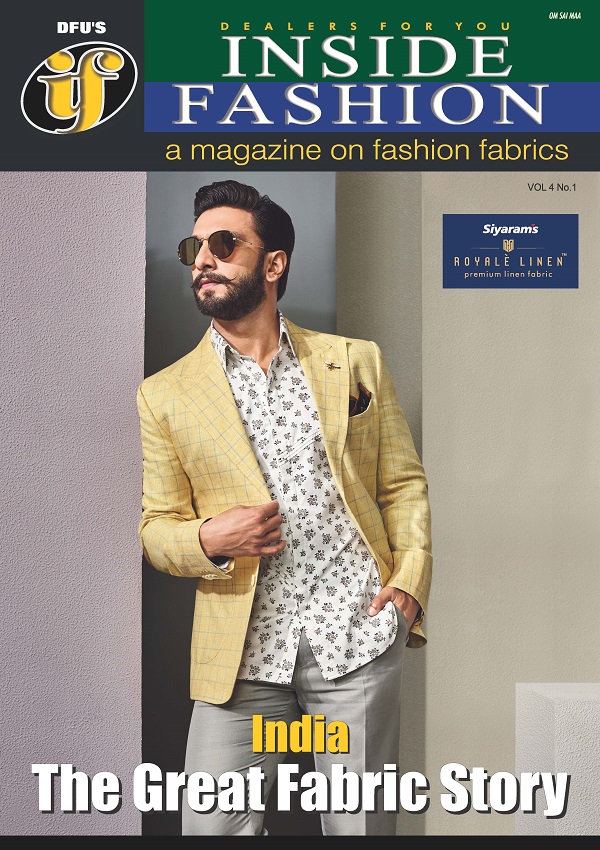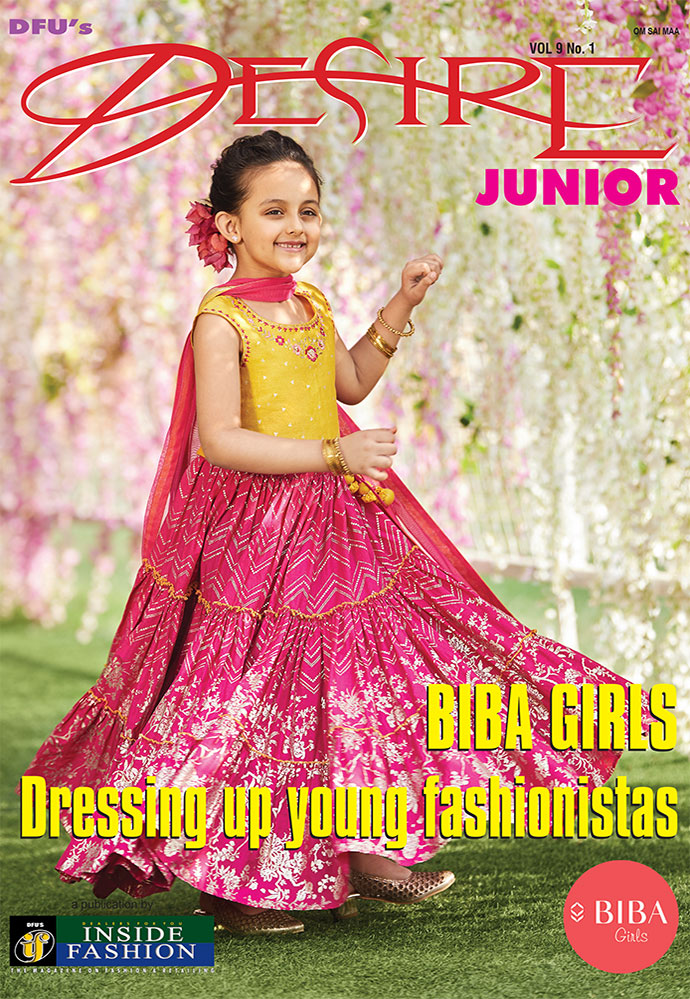23 July 2024, Mumbai
Key industry figures have praised the latest budget for its innovative and pragmatic measures aimed at boosting employment and economic growth. Rahul Mehta, Chief Mentor of the Clothing Manufacturers Association of India (CMAI), lauded the budget for its forward-thinking approach. He highlighted initiatives like the internship scheme, wage reimbursement for new employees, and subsidies for higher earners as significant steps towards encouraging employment.
Mehta expressed optimism that these measures would particularly benefit the labor-intensive textile and apparel industry, alongside MSMEs, due to eased bank credits and foreign investment opportunities. Import relaxations on raw materials and accessories for garment manufacturers were also welcomed for enhancing competitiveness in export markets.
Kumar Rajagopalan, CEO of the Retailers Association of India (RAI), commended the balanced focus on populist and policy measures. He noted that increased disposable income from higher personal income tax exemptions and standard deductions would drive consumption growth.
Rajagopalan emphasized the positive impact of reduced duties on gold, precious metals, and mobile phones, especially during festive seasons. The budget's commitment to skilling programs and youth employment, as well as initiatives supporting MSMEs and startups, including the abolition of the angel tax, were seen as steps towards a robust future workforce.
The Employment Linked Incentive, providing up to Rs3,000 per month for EPFO contributions per additional employee, was hailed as a beneficial move. Furthermore, the establishment of working women's hostels and creches, and the focus on urban shopping infrastructure development, were recognized as essential supports for women in the retail sector.

